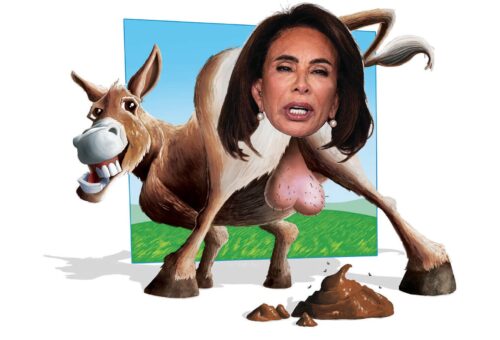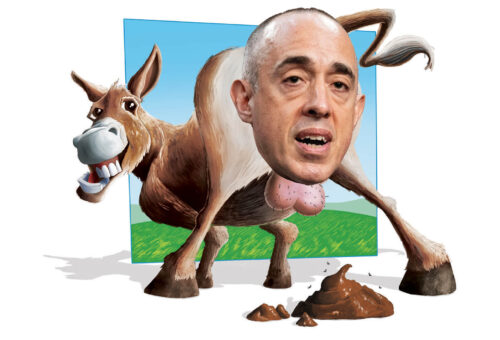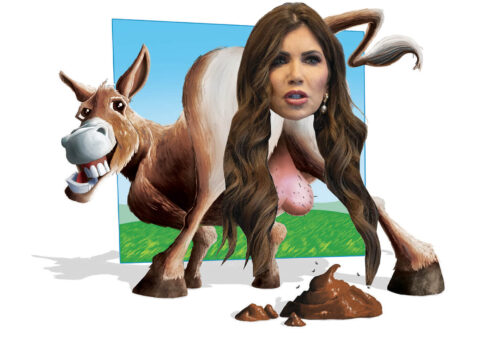Banking On A Sure Thing
While 49 state treasuries were submerged in red ink after the 2008 financial crisis, one state’s bank outperformed all others. So reports The Wall Street Journal, discussing the Bank of North Dakota (BND) and its striking success in the midst of a national financial collapse led by the major banks. Chester Dawson begins his November 16th article:
“It is more profitable than Goldman Sachs Group Inc., has a better credit rating than J.P. Morgan Chase & Co. and hasn’t seen profit growth drop since 2003. Meet Bank of North Dakota, the U.S.’s lone state-owned bank, which has one branch, no automated teller machines and not a single investment banker.”
He backs this up with comparative data on the BND’s performance:
“[The BND’s] total assets have more than doubled, to $6.9 billion last year from $2.8 billion in 2007. By contrast, assets of the much bigger Bank of America Corp. have grown much more slowly, to $2.1 trillion from $1.7 trillion in that period.
“…Return on equity, a measure of profitability, is 18.56%, about 70% higher than those at Goldman Sachs and J.P. Morgan.” Dawson goes on, however, to credit the BND’s remarkable performance to the Bakken oil boom. Giving his article the controversial title, “Shale Boom Helps North Dakota Bank Earn Returns Goldman Would Envy: U.S.’s Lone State-Owned Bank Is Beneficiary of Fracking,” he contends:
“The reason for its success? As the sole repository of the state of North Dakota’s revenue, the bank has been one of the biggest beneficiaries of the boom in Bakken shale oil production from hydraulic fracturing, or fracking. In fact, the bank played a crucial part in kick-starting the oil frenzy in the state in 2008 amid the financial crisis.”
























